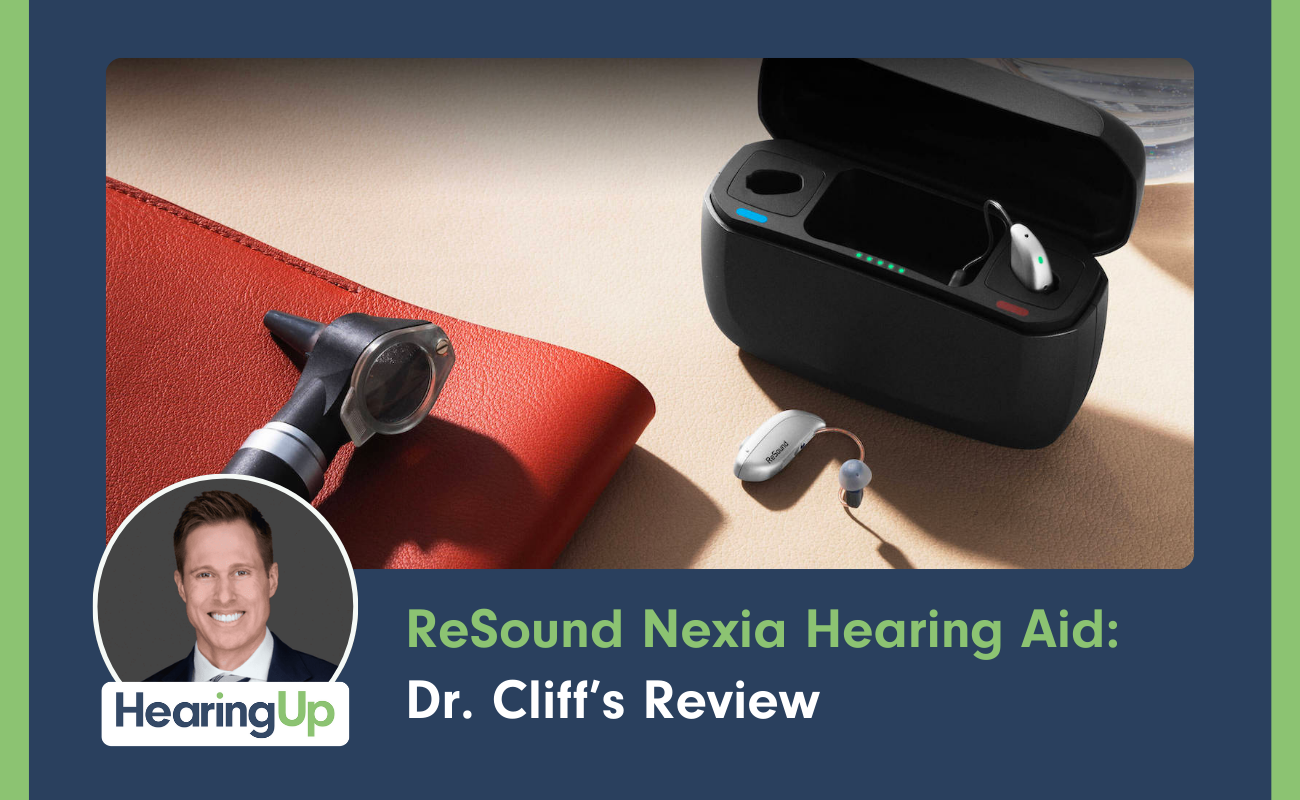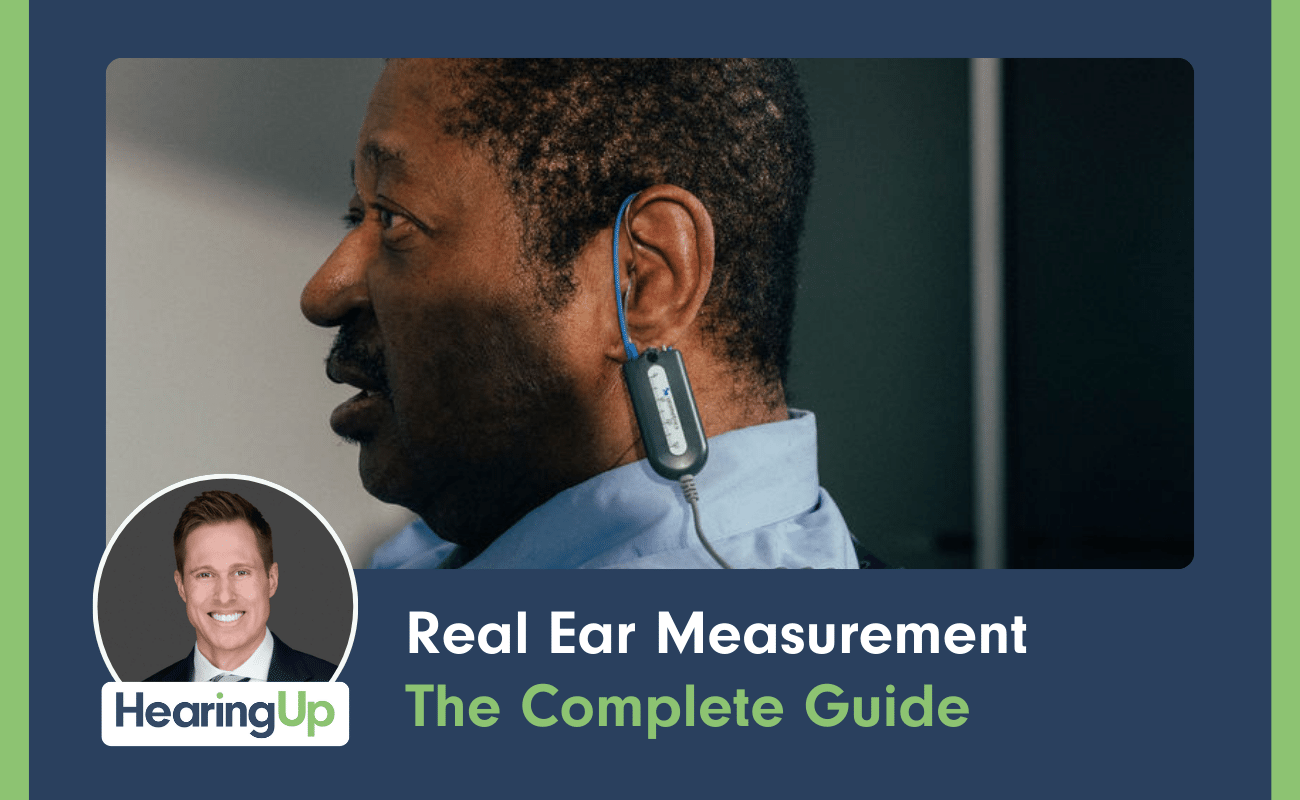In a crowded restaurant or airport, there’s plenty of noise all around us. Beeping, conversations across the room, TV commercials, and even someone laughing across the room. Our brains "hear" this background noise, but they are designed to focus on specific areas, allowing us to hear what we need to.
For example, in that busy restaurant, you’re brain zeros in on the sound of your friend’s voice sharing a story. A mother often tells a child to "listen," not just "hear," because listening means focused attention on the specific needs of that moment. We tune out the other sounds to focus on that one sound. Yet, if there was an alarm in the back of the location warning of a fire, your brain can pick up on that and help you take action.
There are other times when background noise just gets in the way. That’s common for people who have hearing loss. Hearing aids can help with filtering out background noise. While they cannot eliminate the struggles that often come with it, there are a number of technologies that can significantly improve your ability to hear in these types of situations.
The Challenges of Background Noise
Why do you have trouble with background noise if you have hearing loss? Generally, trouble hearing well with mild background noise is one of the first warning signs that you may be developing more moderate hearing loss.
Background noise can be very frustrating. You just want a quiet area so that you can hear what’s happening around you. Often, even minimal background noise can become so problematic for those with hearing loss that they stop engaging in activities where it could be a factor, like going out for lunch with friends or avoiding social activities.
Background sounds coming from every direction can be overwhelming and hard to manage. When you have hearing loss, it may sound like those sounds are coming from every direction. Traffic sounds, loud noises, and environmental sounds can become frustrating and distracting, so much so that it impacts your quality of life.
What’s Happening In Your Ears?
This difficulty stems from the damage that occurs to the cells in the inner ear. When there's hearing loss, that often indicates some of these cells have damage to them, or they may have died. The lack of healthy cells in this area means that your ear has limitations on how well it can hear what's around you.
You need all of those cells to work properly in order to hear at the best possible level. Yet, when they suffer damage and die, there is no way to get them back. That means you need to look for other tools to help you with improving your ability to hear well.
How Hearing Aids Can Improve Background Noise Complications
Many hearing aids available today say they offer help with background noise management. Advancing hearing aid technology is remarkable in the way it can help to improve your ability to hear well, and while it may not cure hearing loss, it can certainly help many people.
Hearing aids are designed to provide different support in various environments. Some adjust to the surrounding noise levels and help to filter out background noise. They may work to reduce the volume of noises surrounding you, helping to quiet the background noise you hear. This doesn’t cancel out the background noise, but it can work to provide some improvement, which ultimately makes it easier for you to hear what’s happening around you while still holding a conversation.
The most advanced types of hearing aids have artificial intelligence embedded within them. These devices take it one step further. They can work to gather sound around you, process that sound, and then determine what you actually want to hear while filtering out the rest. The device does this by accessing the deep neural network. In these situations, then, the hearing aid will switch to the necessary settings and preferences you’ve set to adjust to the environment, enhancing hearing on an as-you-go basis.
Digging Deeper into How Hearing Aids Work to Reduce Background Noise
Once you have a hearing aid selected to address your hearing loss and it is programmed to meet your individual needs, you can begin to notice the changes in your environment. How do hearing aids really know what's what?
Most hearing aids are modulation-based systems. These work to gather sound, analyze speech, determine the sound levels in the space, and then adjust to that based on the pre-determined settings you place. These systems are exceptional in terms of their ability to tell the difference between speech signals and noises coming off a TV or equipment in the area.
Because the hearing aid will instantly recognize the type of sounds coming in, it can then decrease the volume of noises that are too loud. This way, you are better able to understand speech when the device picks up on speech patterns.
In some situations, the hearing aid will detect a loud noise occurring but does not pick up on any speech itself. In this situation, it will decrease the volume of that noise so that you can still hear it, but it is at a more comfortable level.
To do this, hearing aids will adjust sound based on the frequency bands it picks up. While you are in a conversation with friends, the hearing aid is working in the background to filter out the noise around you so you can hear the voice of your friend instead. It turns down the frequencies that contain loud or obtrusive sounds allowing you to better hear the speech frequencies.
Choosing the Best Hearing Aid for You
Keep in mind that today’s hearing aid technology is impressive and continues to change at a rapid pace. That’s good news for anyone that is looking for a way to hear better. Yet, not all hearing aids are the same. When you are purchasing one, you will want to work closely with an audiologist who can guide you in selecting a hearing aid that’s best suited for your unique needs.
In terms of background noise control, there are several key components to look for in these hearing aids that often define how well they can work.
- Look for a digital noise reduction hearing aid. This type of system is key to background noise reduction because it can analyze sounds and determines which are unwanted. It can then filter out some of that unwanted background and environmental noise. This makes it more comfortable for you to hear in most environments.
- Wind noise reduction is also a factor. You may not realize just how much wind and air movement can impact your hearing loss. Wind noise reduction is a feature that is a must for those who spend time outdoors, like on the golf course or hiking. It will pick up on the wind sound and decreases it so that you can earn what you want to but have less noise getting in your way.
- Impulse noise reduction is another core factor. This type of system will improve your comfort in situations where you are listening to sounds coming from multiple directions. It will detect a temporary loud noise, such as someone dropping a dish, but it will then soften those sounds to avoid the frustration that often comes with them.
Work closely with your audiologist to determine the best type of hearing aid for your specific situation. When you do, you’ll learn that there are lots of ways hearing aids can improve your quality of life.
How to Know You Need Help for Background Noise
It’s not always easy to know it’s time to seek out help for hearing loss, especially if you can still “hear” in what seems to be a normal way. Yet, there are some signs that you may need some help with background noise management:
- You get frustrated trying to hear in loud restaurants or areas where there are TVs on or music playing.
- It's hard to focus on something someone is talking to you about, even if they are right in front of you, because of the noise surrounding you.
- It’s common for you to ask someone to repeat themselves.
- Moving to a quiet area of an environment seems to help provide you with more clarity when hearing others.
- You constantly ask people to talk louder, and it frustrates them. That often indicates the problem is your hearing, not the sound of their voice.
- You may no longer be willing to participate in social situations that are loud.
Keep in mind that background noise is not a normal part of hearing frustration. You may think that it’s not changes to your ears and hearing but more related to a louder environment. Yet, recognizing that this is one of the first signs of hearing loss is critical to protecting your long-term ability to hear. Reach out to one of our best practice audiologists for a full hearing evaluation.
.png)








.png)